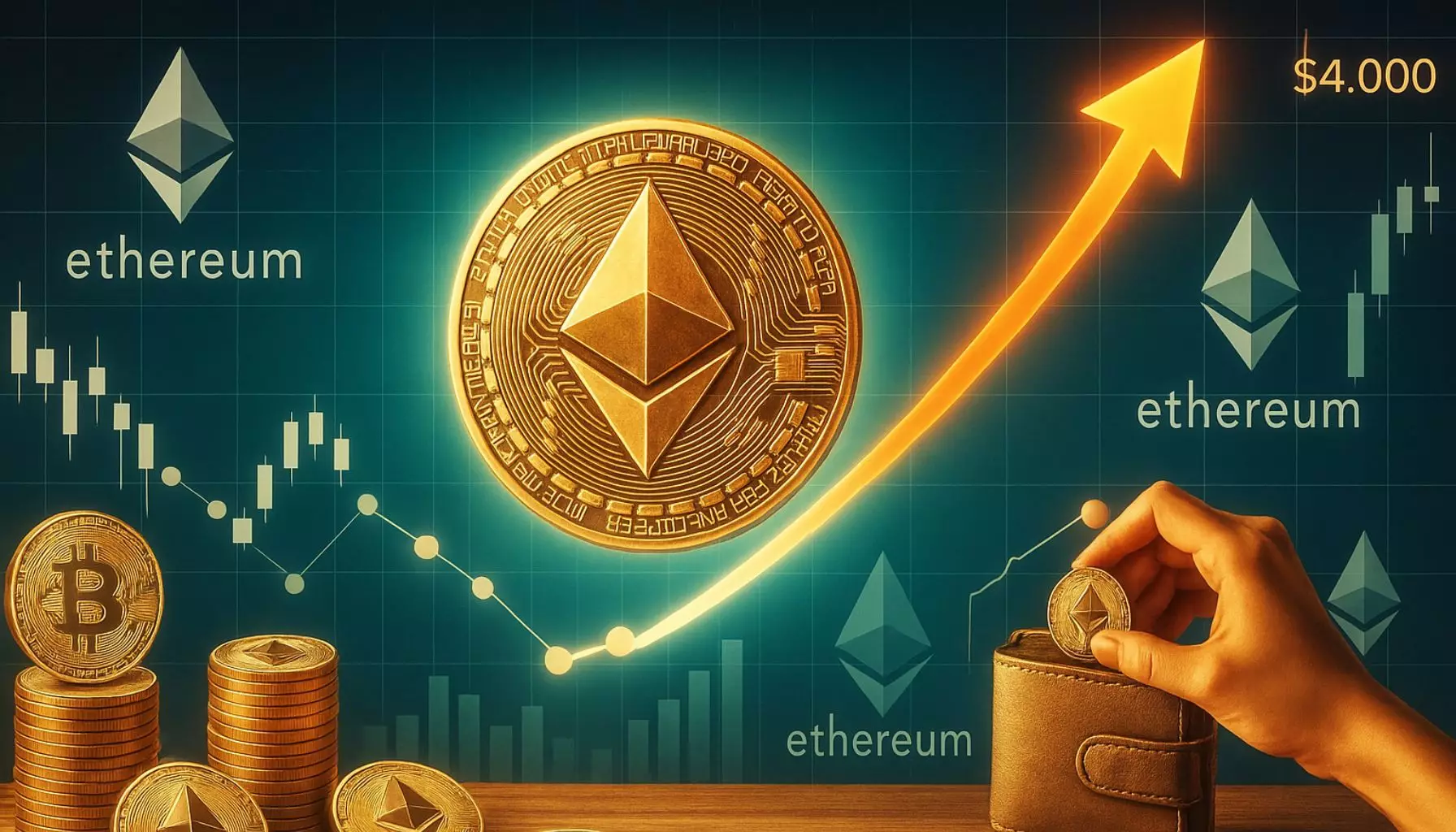In the world of cryptocurrency, few events resonate globally like conflicts in the Middle East. Recent escalations in hostilities between Israel and Iran have sent tremors through financial markets, particularly reverberating in the crypto sector. As Ethereum (ETH) hovers at a critical support level around $2,500, the stakes are towering for both bulls and bears. The digital assets market is notorious for its volatility, but the intersection of geopolitics with the digital economy adds an extra layer of uncertainty. Typically, economic volatility triggers fear, but we must view this situation not through a lens of panic but with the analytical clarity that can reveal untapped opportunities.
The digital realm appears momentarily frozen, as market participants hold their breath, contemplating the next move. ETH has shown surprising resilience, opting to firmly cling above the $2,500 threshold, despite the chaos unfolding in global politics. This is not the first time Ethereum has successfully defended this level; historical patterns reveal that this price point has previously acted as a springboard for significant upward movements, notably rallying to around $4,000. Advanced analysis, particularly from reputable analysts like Rekt Capital, suggests that the psychological and technical implications of maintaining this support could be formidable for altcoins and the broader market.
Historical Context Offers Insight
While the present drama might seem unique, history often provides context that allows us to make sense of such tumultuous periods. Ethereum’s latest dip represents an over 14% downturn from earlier highs, a severe drop that has understandably rattled long-term holders. Just a week before, market sentiment was predominantly bullish, fueled by hopes of breaking the elusive $3,000 barrier. Typically, when strong upward momentum meets sudden geopolitical downturns, it triggers a counter-reaction. This current scenario poses the eternal question: will these historical support levels act as a cushion yet again, or are we witnessing the beginning of a more pronounced correction?
Historical patterns suggest that while Ethereum’s price behavior can be erratic, it tends to recover when supported by solid fundamentals and technical indicators. The market may experience temporary disarray, but if Ethereum can maintain the $2,500 level, it serves as an affirmation of bullish resilience. Moreover, if ETH charts its way back toward $3,000, it would invigorate market confidence and catalyze broader altcoin enthusiasm.
Psychological Barriers at Play
The psychological elements behind trading cryptocurrencies add layers of complexity to market actions, and we should not underestimate their power. The emotional reactions evoked by challenging news—like military conflicts—can result in panic selling. The spikes in trading volume amid recent fluctuations indicate a high emotional response from traders. The crux lies in whether the emotional weight can be evenly balanced with rational investment strategies.
Traders need to anchor their strategies on well-established technical analysis rather than succumb to emotional volatility. The resistance presented by the 200-day moving average at approximately $2,642 remains a pivotal barrier. In the previous week, ETH attempted to break through this level but fell short, marking a clear warning sign for prospective bulls. If this resistance holds firm, this could spell trouble not just for Ethereum but for the entire crypto market, as confidence may wane, leading to a cascade of bearish sentiment.
Interestingly, there lies a strong key support zone between $2,500 and $2,520 that has historically acted as a solid floor. If bulls can reclaim control of this area, it could provide a launching pad for a substantial rally. Alternatively, a clean break below this support would steer the market into choppy waters, provoking speculation of a dip towards the $2,300 region and potentially spreading fear throughout the altcoin ecosystem.
Looking Ahead: Will Resilience Prevail?
The immediate future for Ethereum is cloaked in uncertainty, largely dictated by geopolitical tensions and market reactions. However, one cannot overlook the underlying strengths of Ethereum—its adaptability and the fundamental utility it provides in the evolving digital landscape. Participants in the market must bring a balanced perspective, understanding that while fear reigns in tumultuous times, a deliberate and informed approach can lead to disproportionately significant opportunities.
Ethereum stands at a crossroads. By holding above $2,500, it stands resilient against a backdrop of global uncertainty, reflecting the potential for new highs if it can manage to gather momentum and breach overhead resistance. The question remains: Is Ethereum poised to repeat historical patterns, or will the narrative shift toward caution? The third act of this unfolding drama will reveal much about not only Ethereum’s path but the larger trajectory of cryptocurrencies moving forward, especially given current social and political dynamics.

